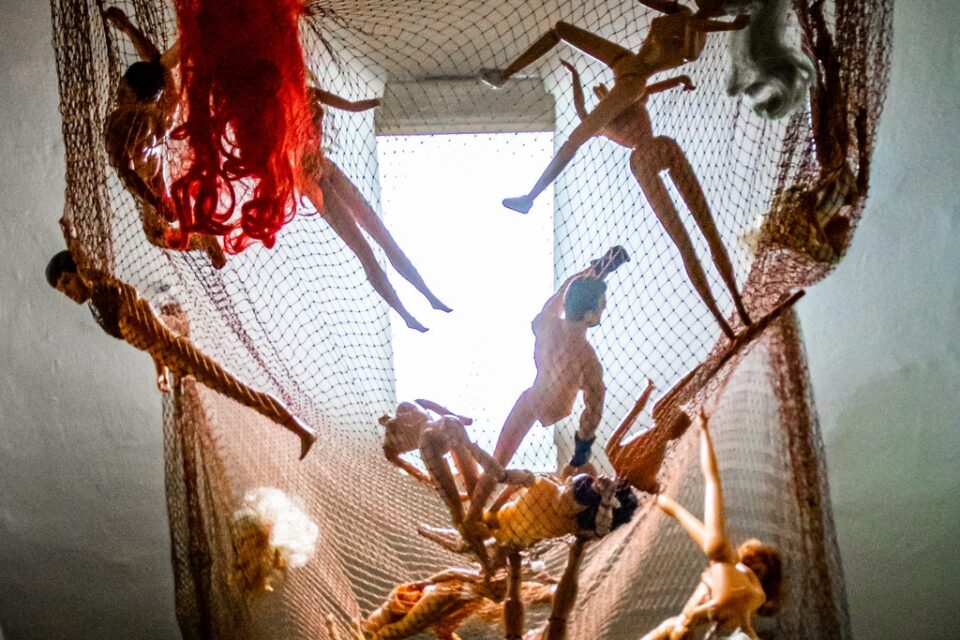Coraline was the first horror film I was ever encouraged to watch. My godmother took me to an early release of the film, knowing how much of an impact it would have in my life. Although I got scared a lot as a kid, even screaming on escalators, horror films were one of the ways I learned to manage my fear. I realized this around the same time as watching Coraline, as it was really the first horror which I appreciated. One of my favourite scenes in the film is how it opens.
We are introduced to Coraline as a doll instead of a person. This makes her both child and object simultaneously, which says something about how the Beldam, or Coraline’s Other Mother, views parenthood. She equates motherhood with craftwork, as both involve a form of labour, time, and energy. Although she did not give birth to Coraline, by making this doll, she has gone through a version of labour.
In addition to the doll making, there are multiple crafts highlighted in the opening sequence. For instance, the film’s logos appear on a scrapbook page while the letters in the title are embroidered. We get to see the frays and knots of these titles, and in doing so, we see the labour of the person who created them. This design does two things. First, it consciously gestures to the skill and preparation involved with stop-motion animation, or the inherent constructed nature of the film. Second, it foreshadows the Beldam’s approach to motherhood as something which can be dissected and then reassembled, like stitching.
What is frightening about this scene is the way it connects the doll to its subject. Although we never see what the Beldam did to the children before Coraline, this sequence gives us a good idea. The doll becomes a surrogate for what the film does not show, as do its subtle background features. For instance, we see a floral wallpaper on the ceiling which includes a bird standing on top of something and eating it. Features like this are disturbing because of what they represent. Although there is no violence in this scene, there is still an implied violence which is left for the viewer to imagine. In other words, the scene asks us to compare the actions done to a doll to those done to a child. The needle piercing through its eye, sewing up its sides. The threat of violence is everywhere in this early sequence.
The scene likewise complicates our involvement with the film using these symbols. It is up to us to imagine these violent moments rather than just showing them to us. This essentially deputies the viewer and troubles their viewing experience and perspective. We don’t see the Beldam in the scene, just her metal fingers. It’s as though we are watching from her perspective, making us the perpetrators. The close-up shots in the sequence evoke this uneasy and intrusive sensation. We are attacked by these objects, particularly when the needle pokes through the fabric and moves towards us. The needle threatens to enter our world and impale us, like we have gotten too close to the Beldam’s dark magic. This moment symbolizes the intrusive way the Beldam enters Coraline’s world. However, just as the needle threatens our eyes as viewers, so too does it threaten Coraline.
Another interesting aspect about this opening scene is how it uses shadows. It literally foreshadows using shadows, as it doubles the Beldam and doll. This doubling continues throughout the film as we meet two versions of Coraline and her family. As such, this introduction foreshadows much of the film’s plot, as even the dust and cobwebs on the sewing machine relate to the Beldam’s spider-like nature and the way she is weaving a trap for Coraline.
Its noteworthy that the scene ends with the Coraline doll leaving the Beldam’s grasp. Although this means that the Beldam has set her trap, it also suggests that unlike the other doll, who moved into the Beldam’s grasp at the beginning of the scene, Coraline will eventually escape this spider’s clutches.
